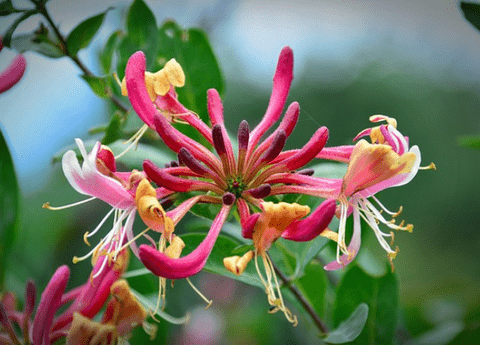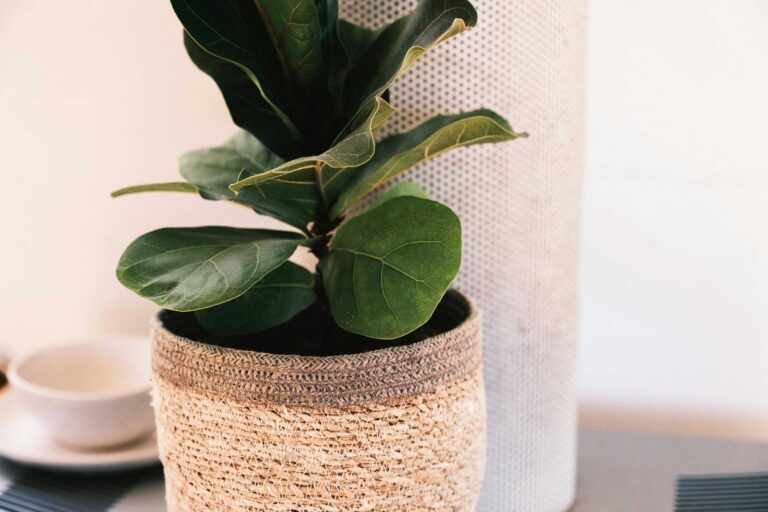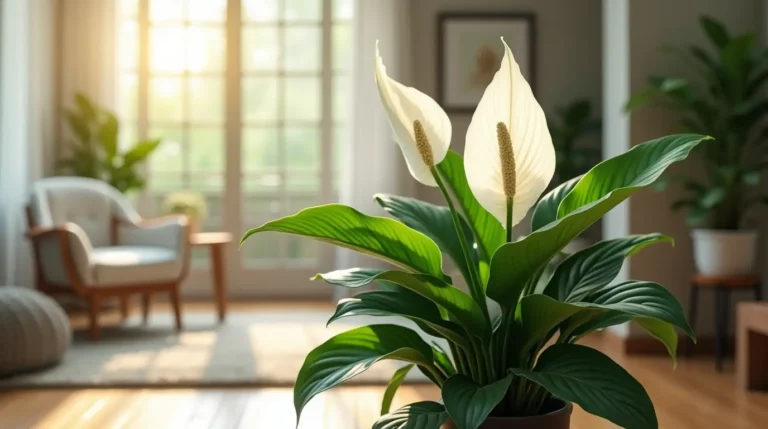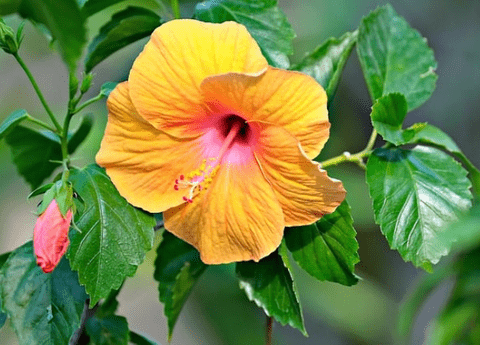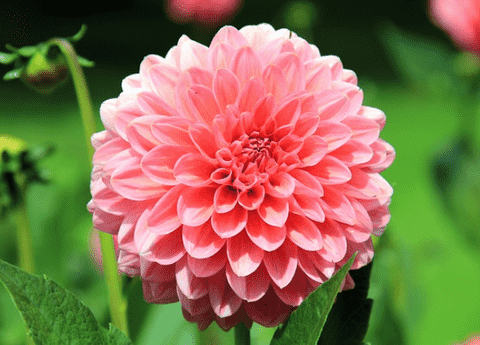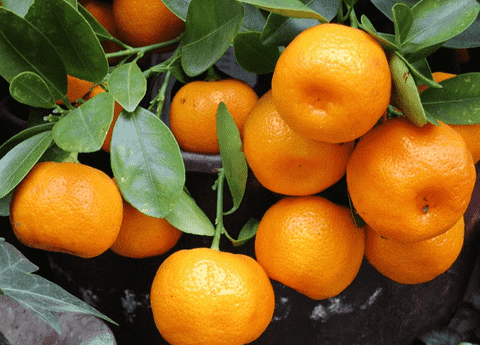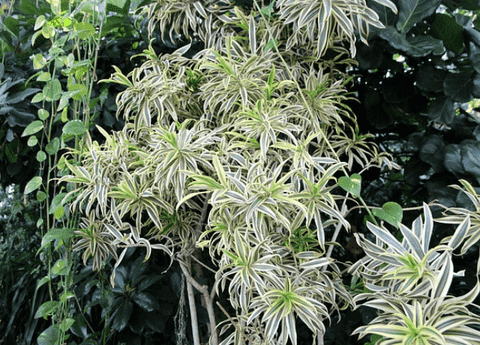Honeysuckle: How to Cultivate and Nurture This Fragrant Flower
Table of Contents
Honeysuckle, with its enchanting fragrance and delicate blossoms, is a delightful addition to any garden. This versatile flower not only adds aesthetic appeal but also attracts pollinators like bees and butterflies, enriching your garden’s ecosystem. Cultivating and nurturing honeysuckle requires understanding its specific needs and ideal growing conditions for it to thrive. In this guide, we will cover essential tips and techniques for planting, caring for, and maintaining healthy honeysuckle plants. Get ready to transform your garden into a fragrant haven with these expert insights.
Cultivating Honeysuckle: Essentials
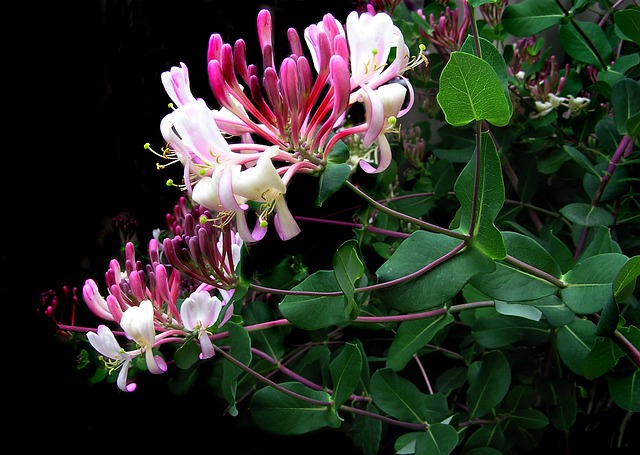
Choosing the Right Variety
Selecting the right variety of honeysuckle is crucial for ensuring successful cultivation. There are several types, each with unique characteristics. For instance, the Japanese honeysuckle (Lonicera japonica) is known for its vigorous growth and sweet aroma, making it ideal for larger spaces. In contrast, the European honeysuckle (Lonicera periclymenum) boasts vibrant, tubular flowers and is perfect for garden trellises or fences.
Consider the climate in your area when choosing a variety. Some types are more cold-hardy and can withstand frost, while others thrive in warmer climates. Additionally, think about the growth habit—whether you prefer a climbing vine or a shrub form. By selecting a variety that suits your specific garden conditions and aesthetic preferences, you can enjoy a thriving honeysuckle plant that enhances the beauty and biodiversity of your garden.
Ideal Planting Conditions
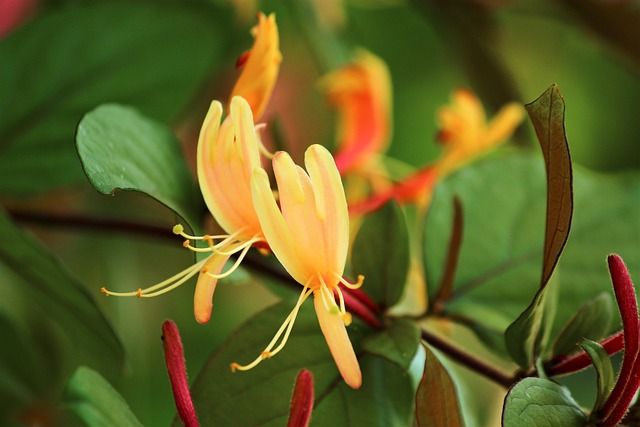
To ensure your honeysuckle thrives, it’s essential to plant it in the right conditions. Honeysuckle thrives best in well-drained soil that is abundant in organic matter. While it can tolerate a range of soil types, from sandy to clay, providing a fertile and loamy base will promote healthier growth.
Sunlight is another critical factor. Most honeysuckle varieties flourish in full sun, receiving at least six hours of direct sunlight daily. However, they can also tolerate partial shade, which may be beneficial in hotter climates to prevent the soil from drying out too quickly.
Additionally, consider the plant’s need for support. Climbing honeysuckle varieties will require a trellis, fence, or arbor to reach their full potential, while shrub types should be spaced adequately to allow for air circulation and growth. By meeting these ideal planting conditions, you can create an environment where your honeysuckle will grow robustly and display its beautiful, fragrant blossoms.
Step-by-Step Planting Guide
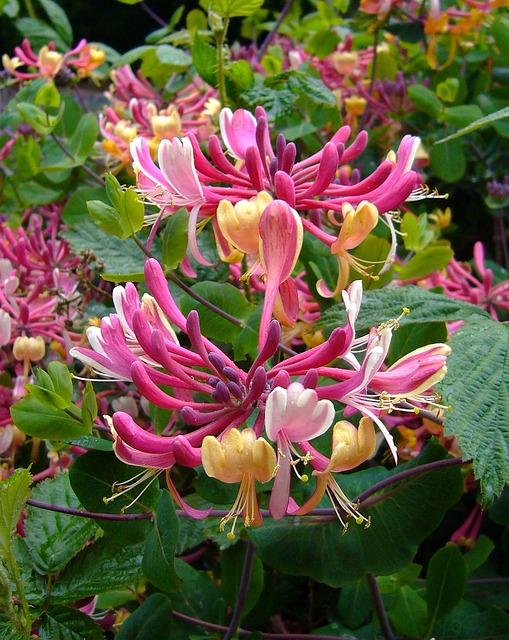
Planting honeysuckle is straightforward with the right approach. Begin by selecting a planting site with well-drained soil and adequate sunlight. Dig a hole twice the width of the plant’s root ball and equally deep. This provides the roots with plenty of room to expand and take hold.
Next, gently remove the honeysuckle from its container and loosen the roots. Position the plant in the center of the hole, making sure the top of the root ball is even with the surrounding soil. Fill the hole with a mix of the excavated soil and compost to provide nutrients.
Water the plant deeply to ensure the soil is well-settled and air pockets are removed. If planting a climbing variety, install a trellis or support structure at this stage to guide its growth. Finally, apply a layer of mulch around the base to retain moisture and suppress weeds. By following these steps, you can successfully plant honeysuckle and set the stage for vigorous growth.

